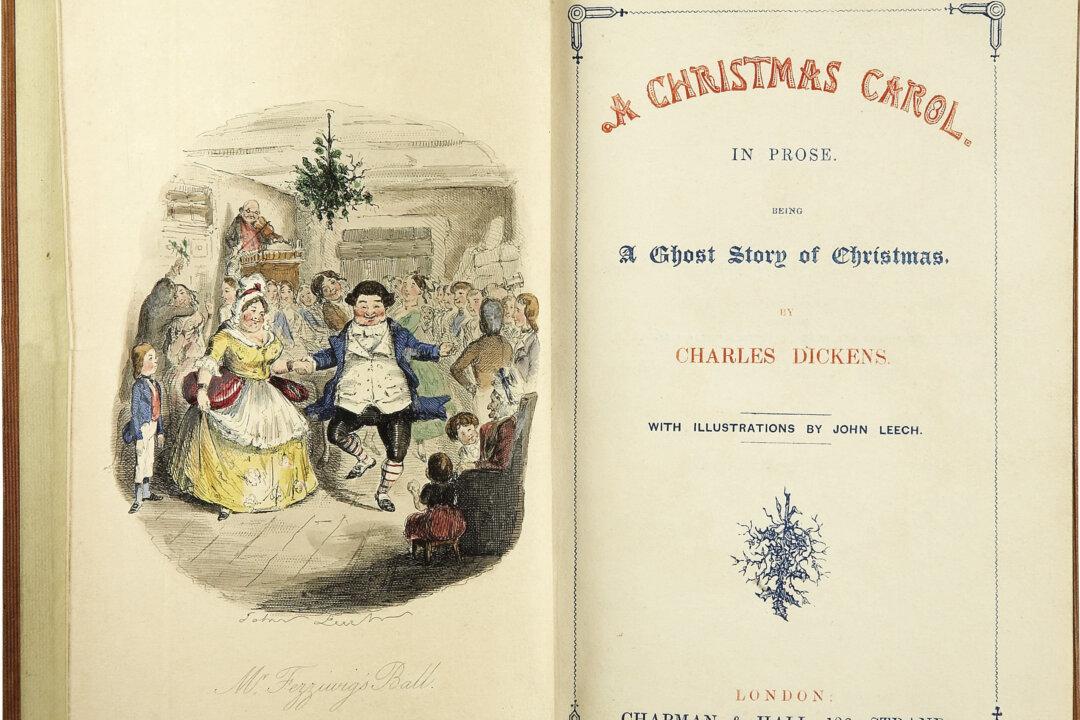Urban legends: Modern morality tales
The “urban myth” is our culture’s version of Grimm’s fairy tales.
We have all heard them, stories about alligators in the sewers of New York City and so on. They are meant to frighten, to make us wary, to make us laugh—nervously.

An alligator near the 17th hole during a practice round of THE PLAYERS Championship held at THE PLAYERS Stadium course at TPC Sawgrass on May 5, 2010 in Ponte Vedra Beach, Florida. Sam Greenwood/Getty Images
|Updated:






